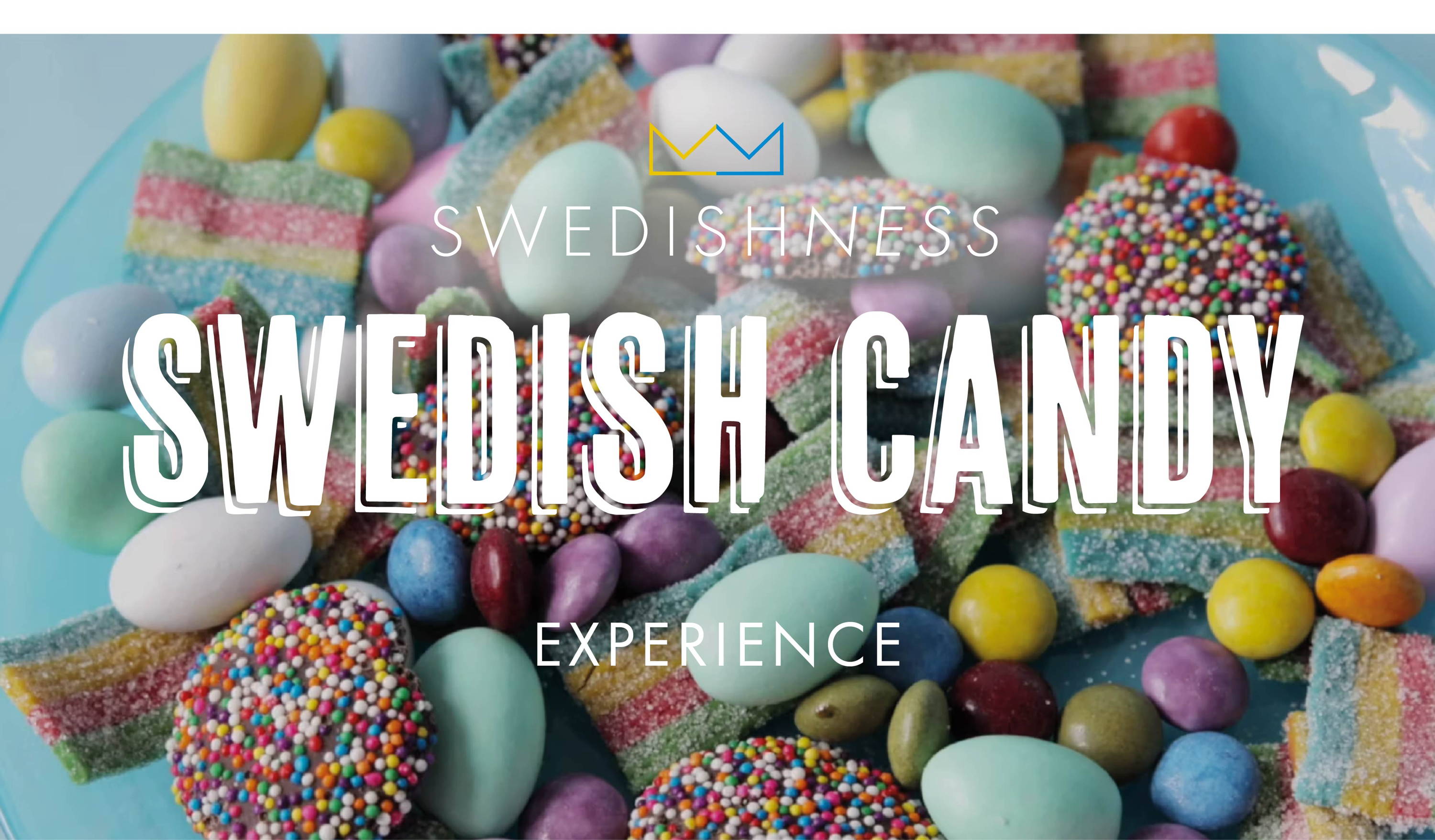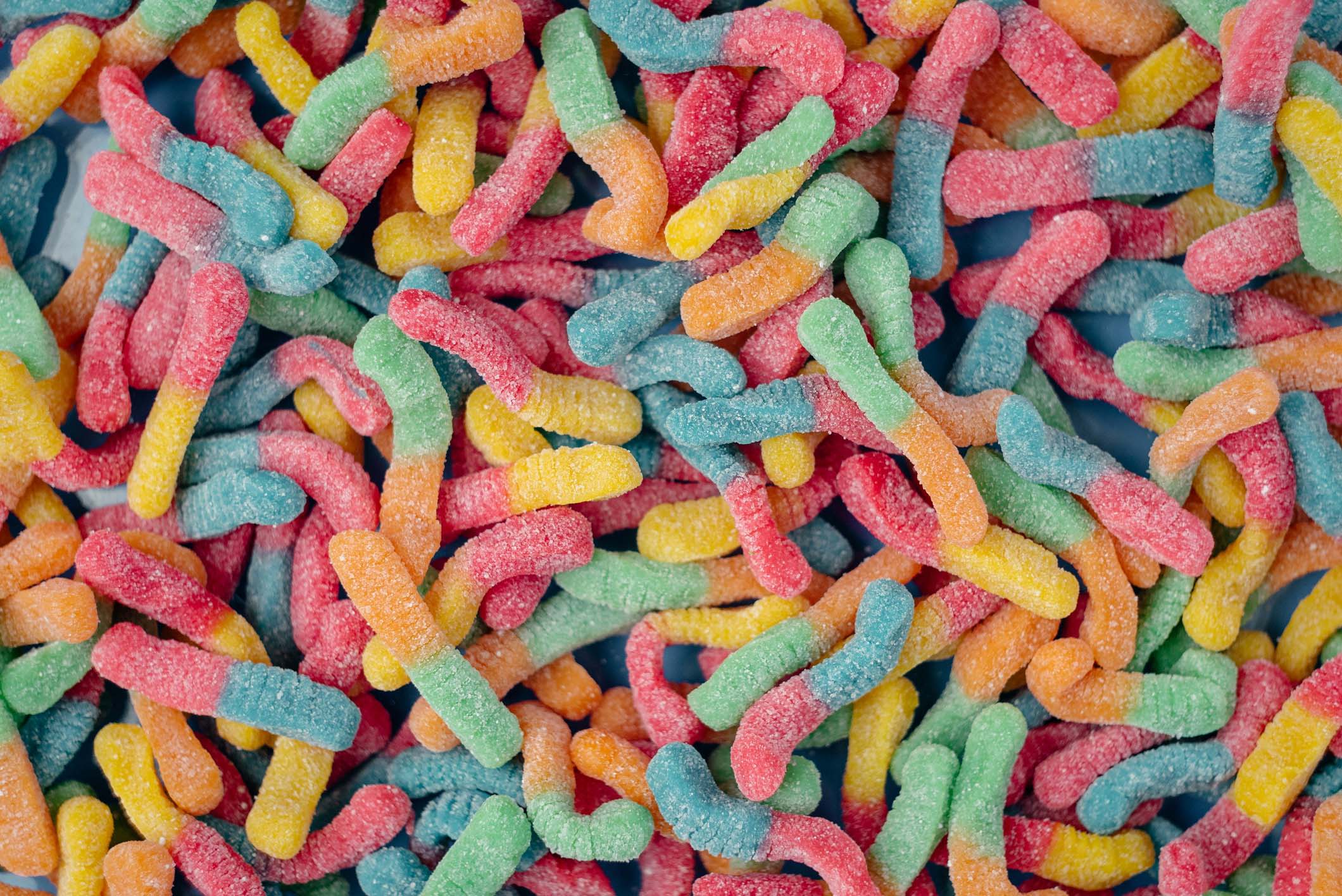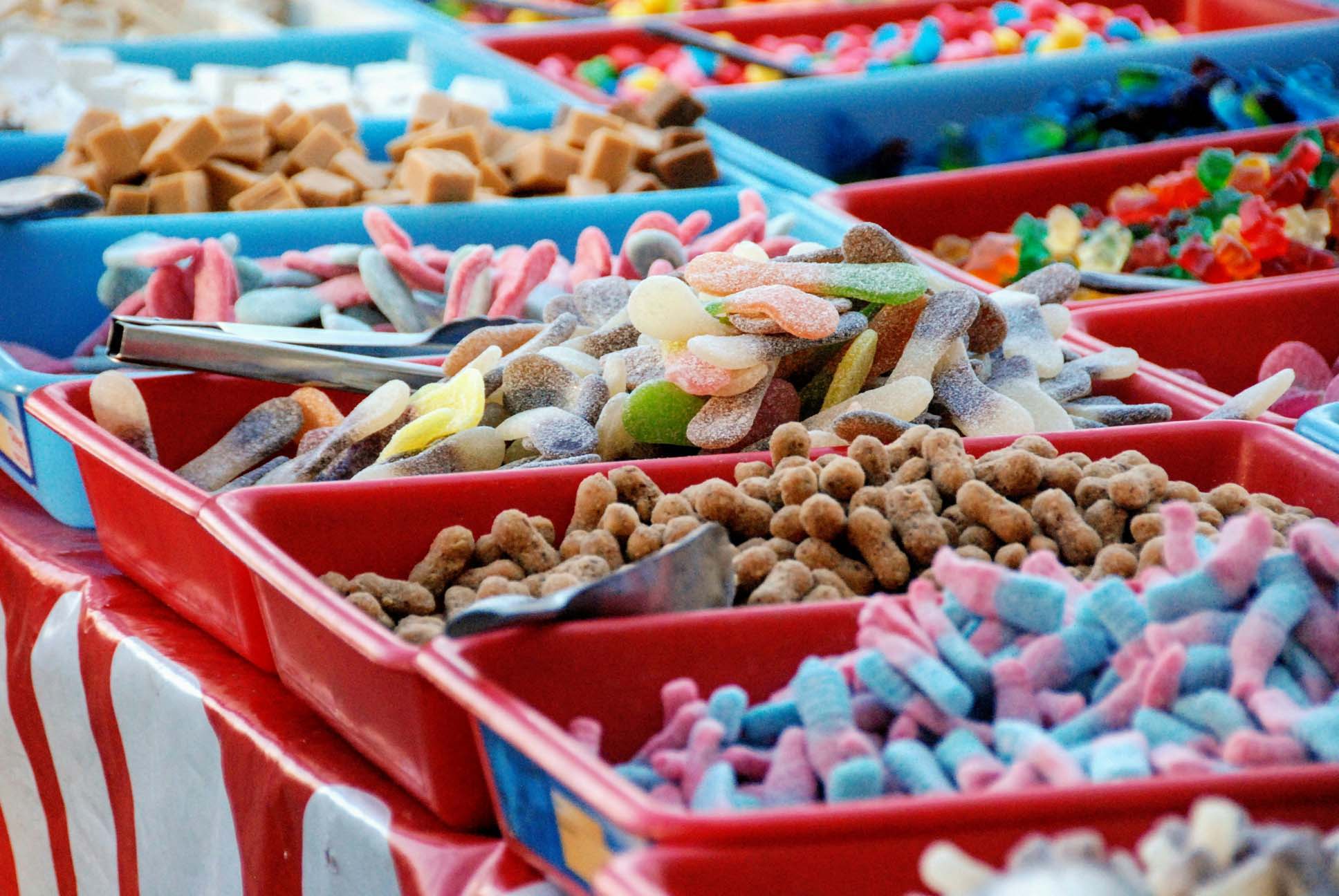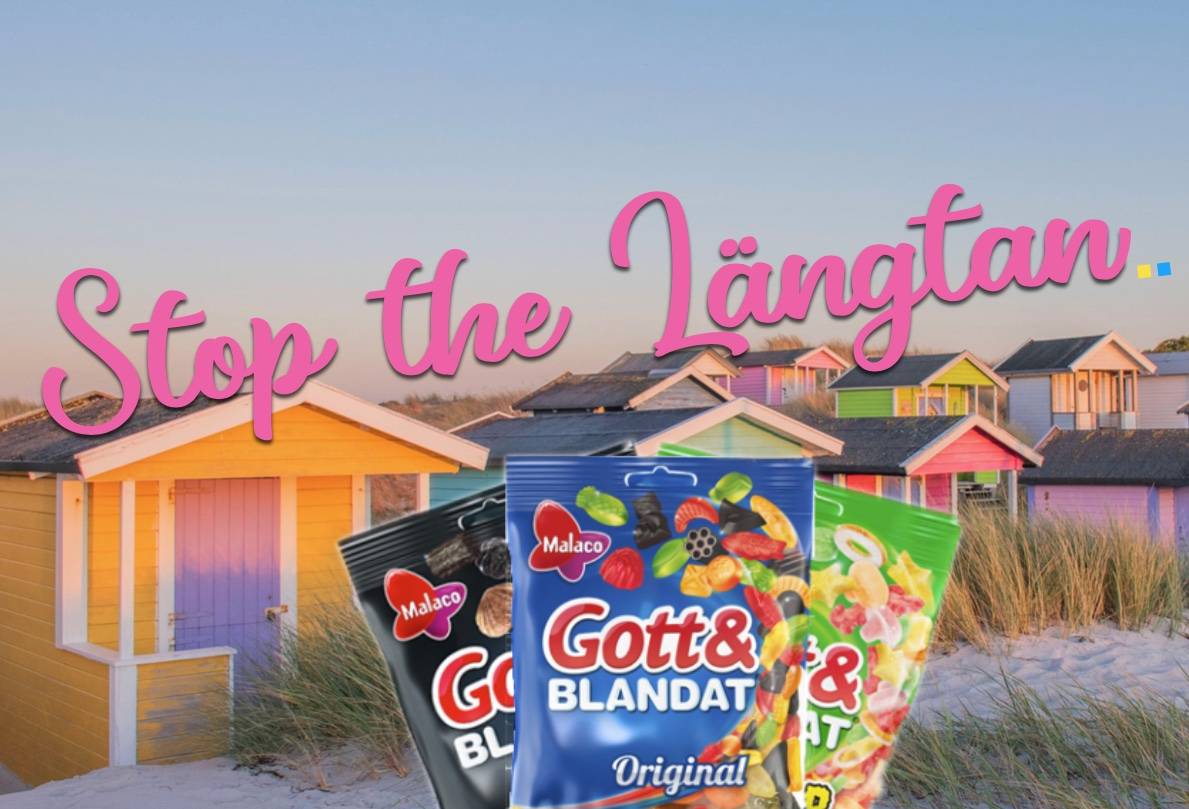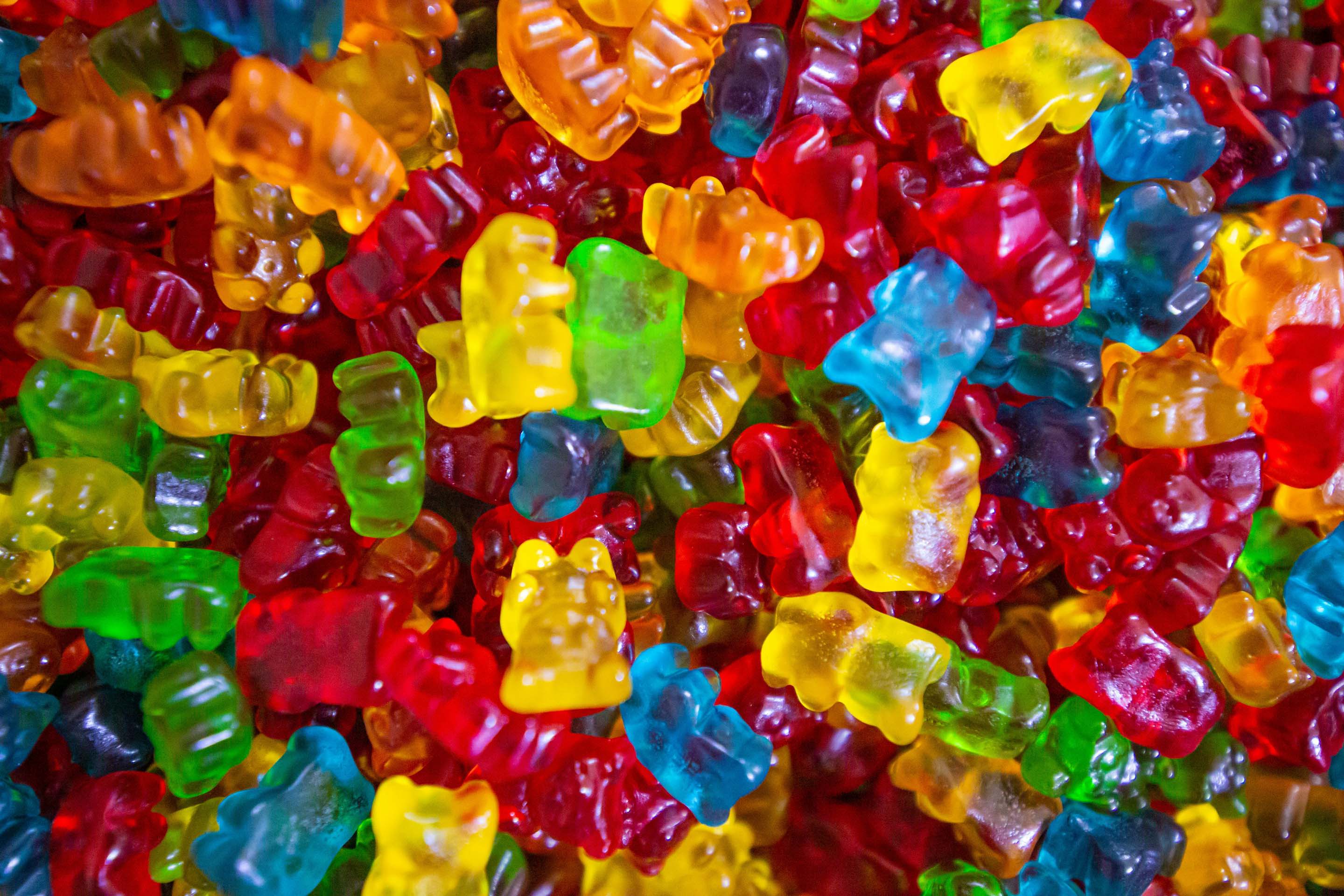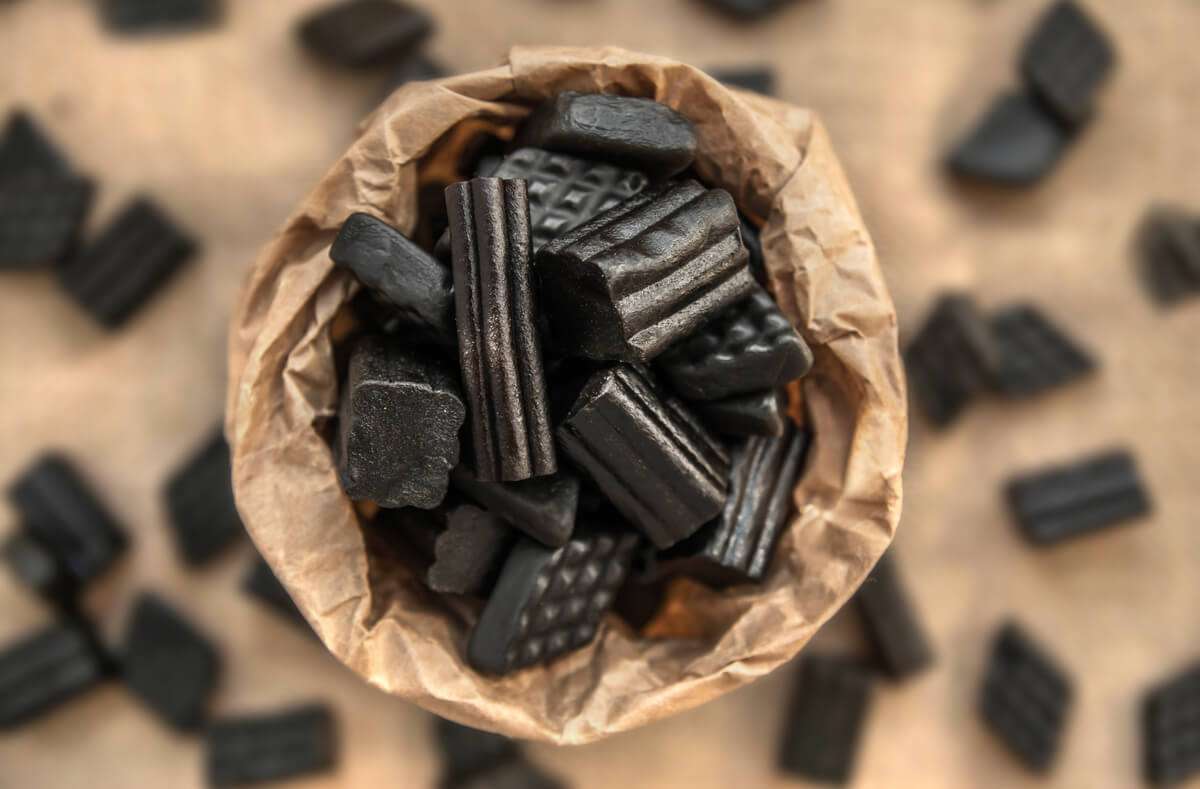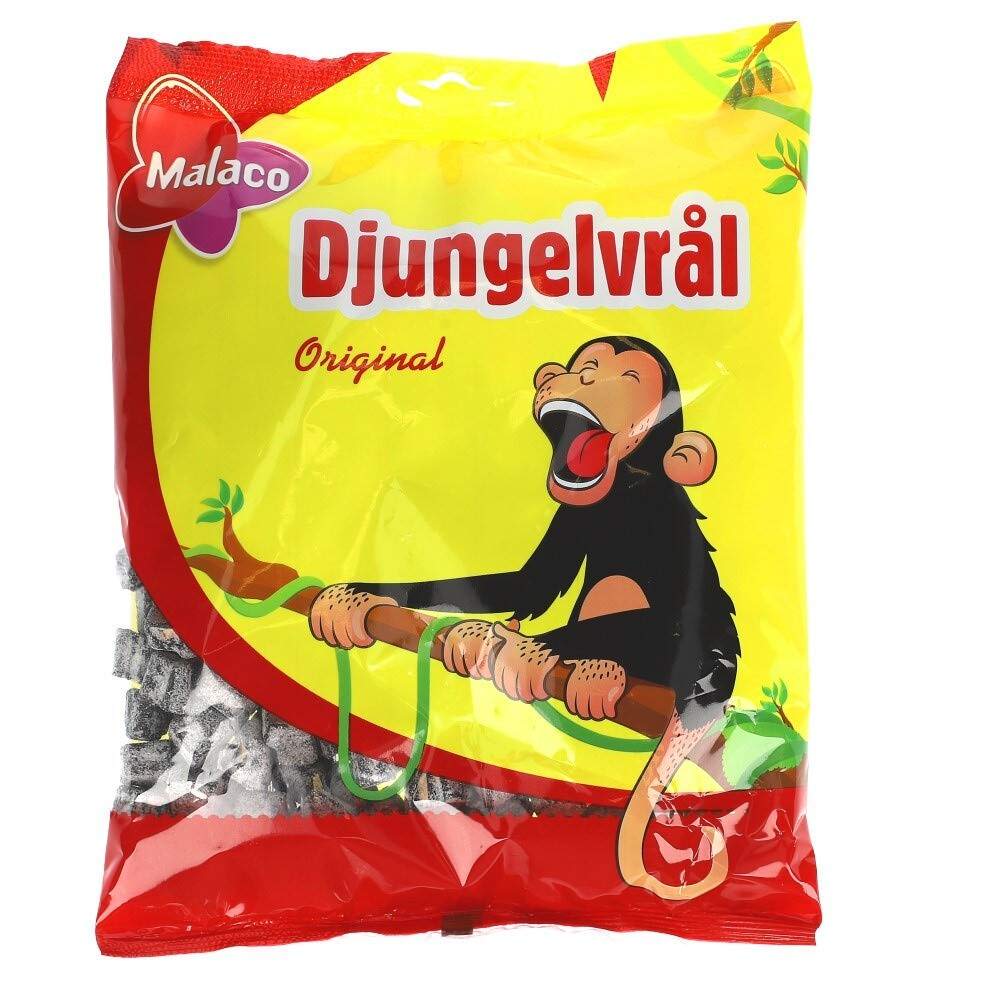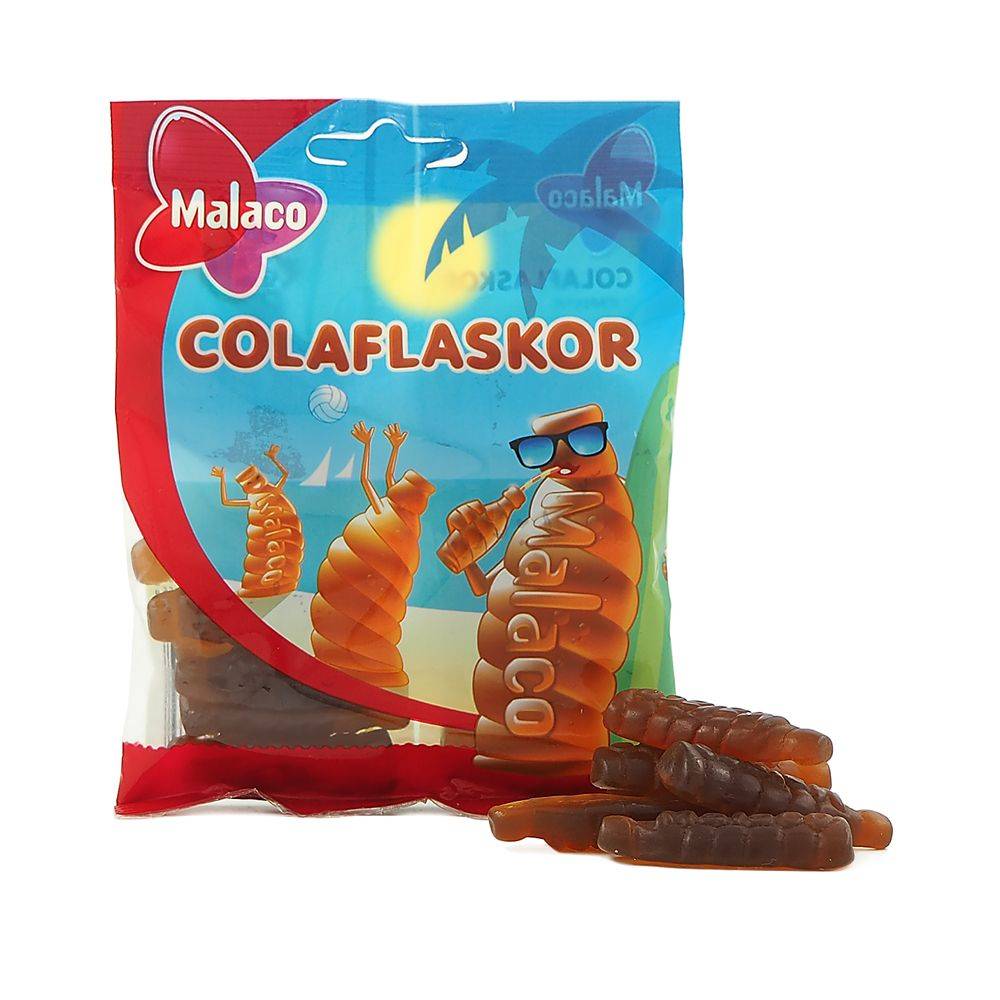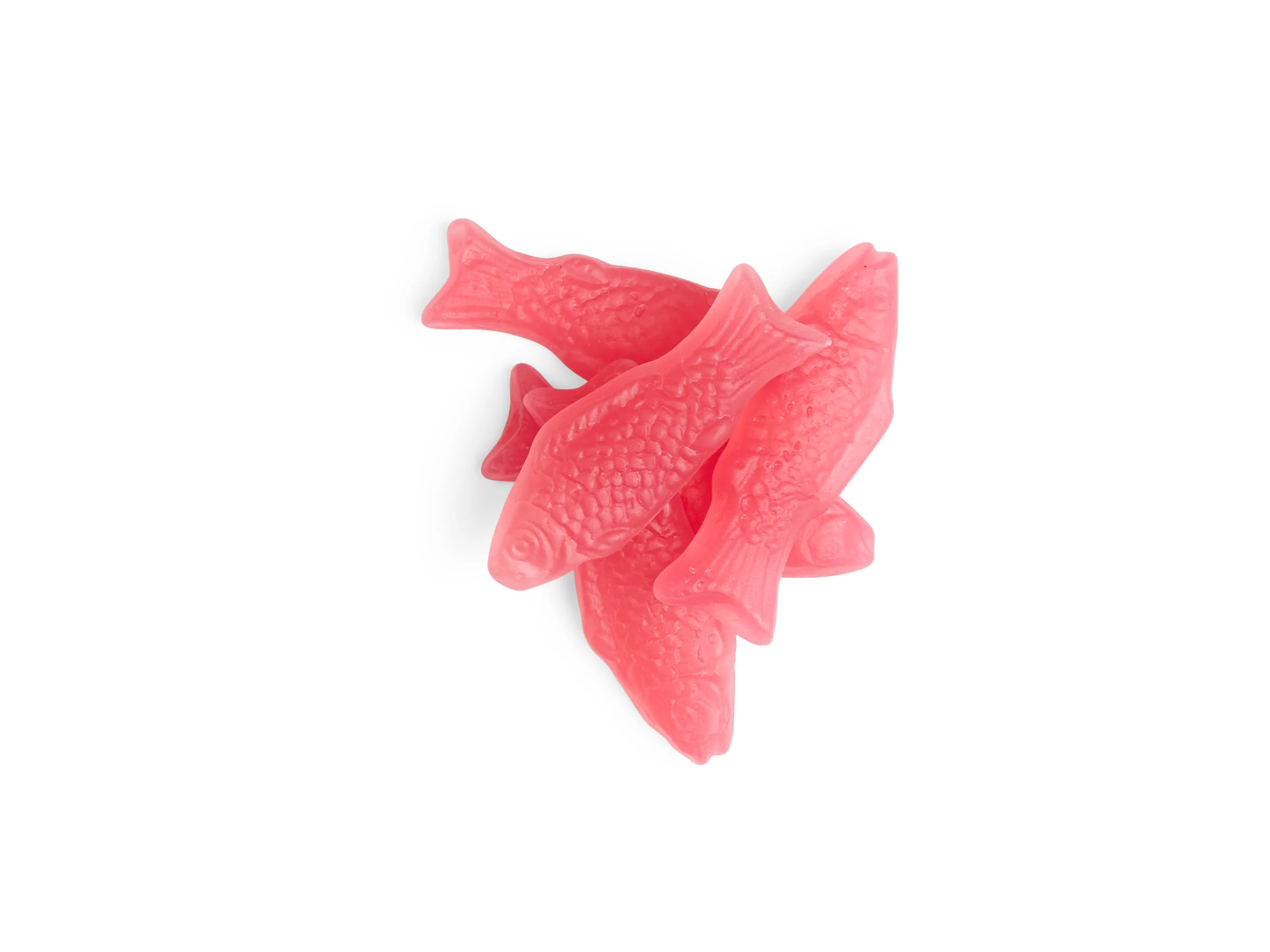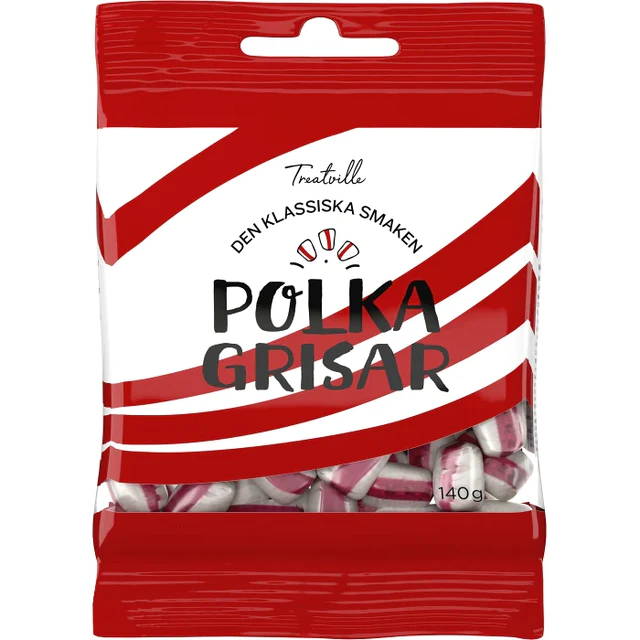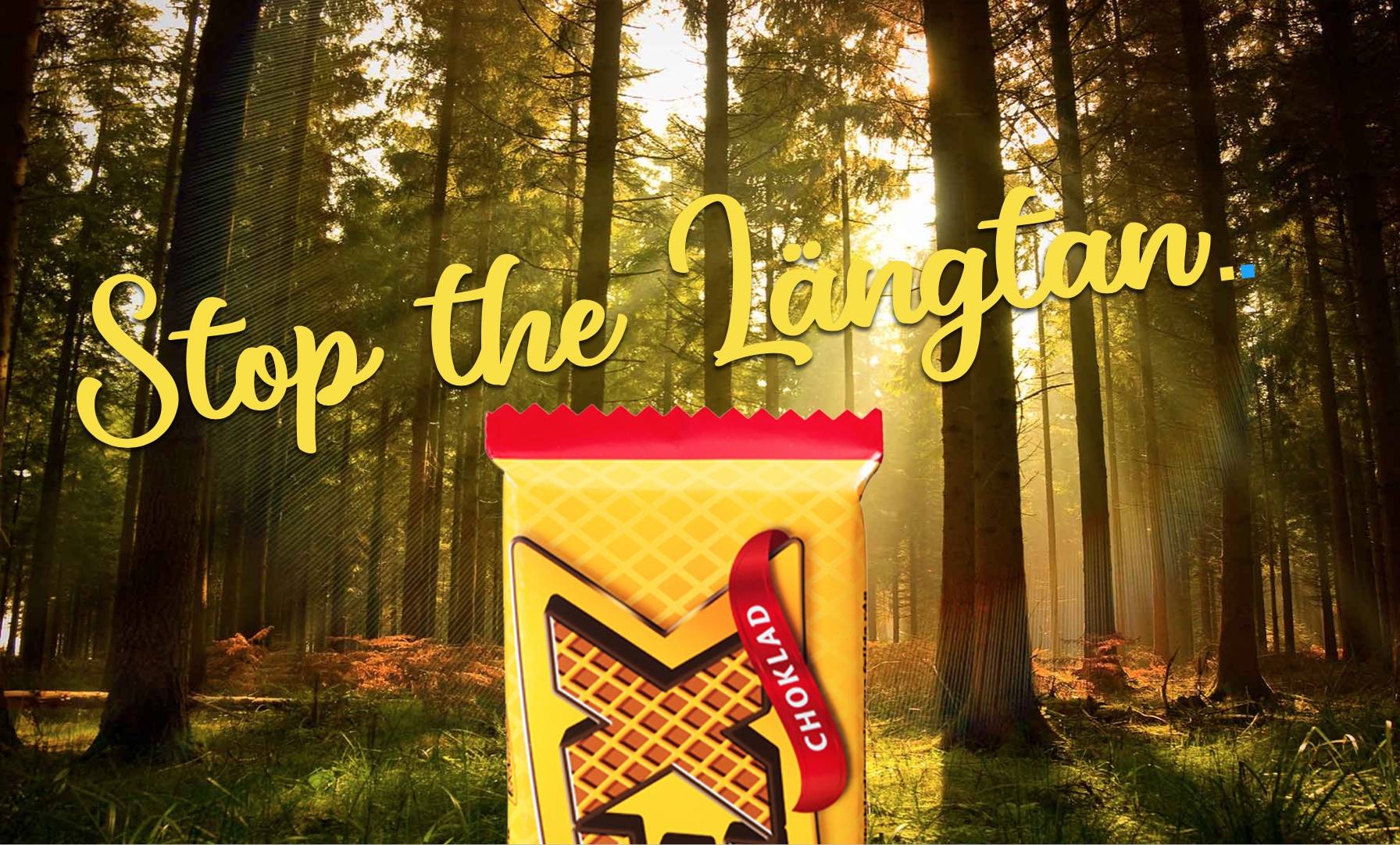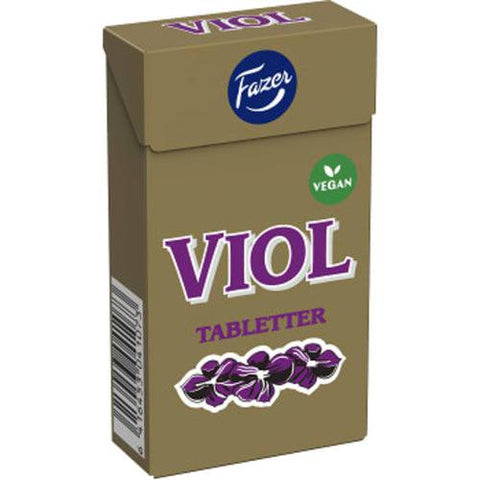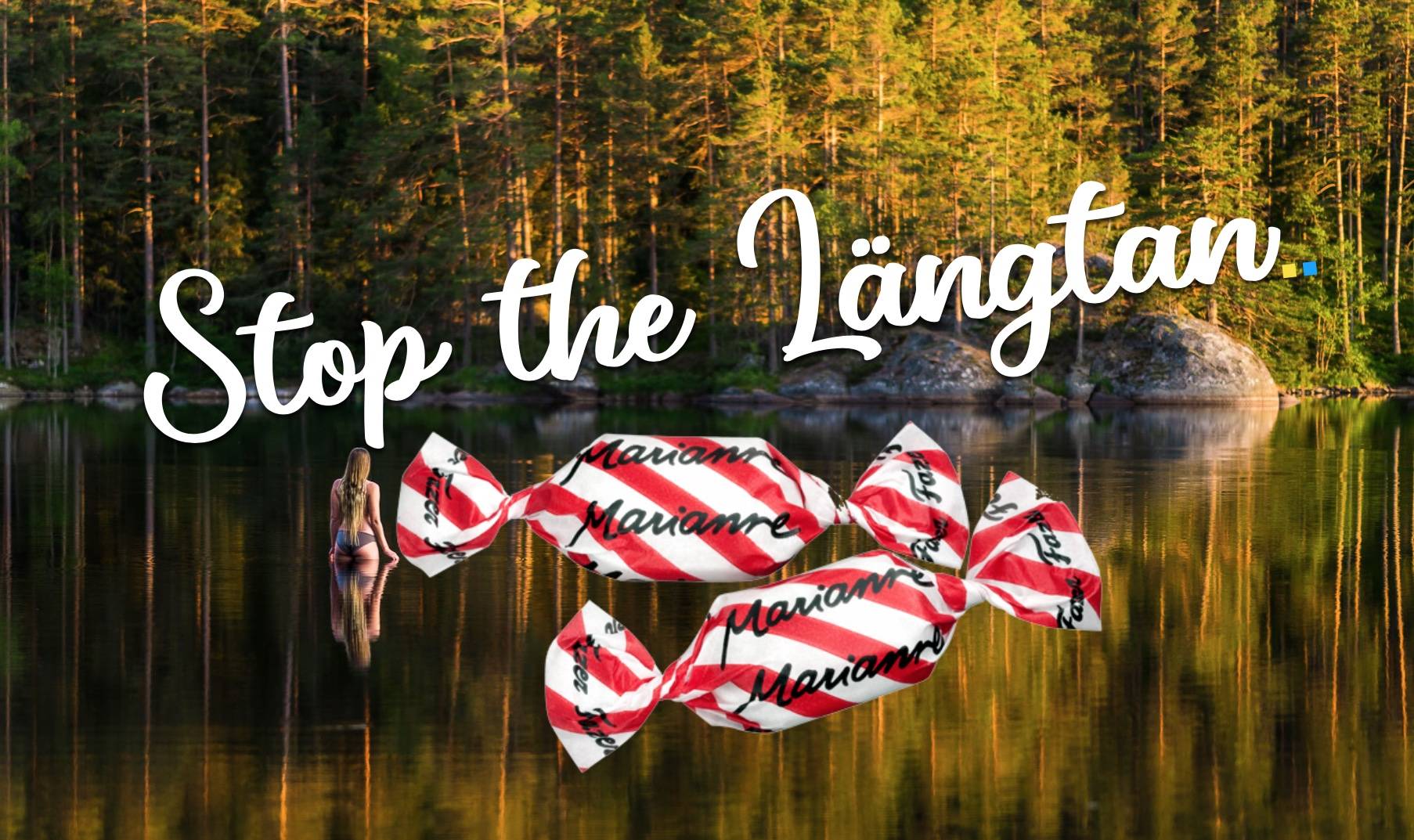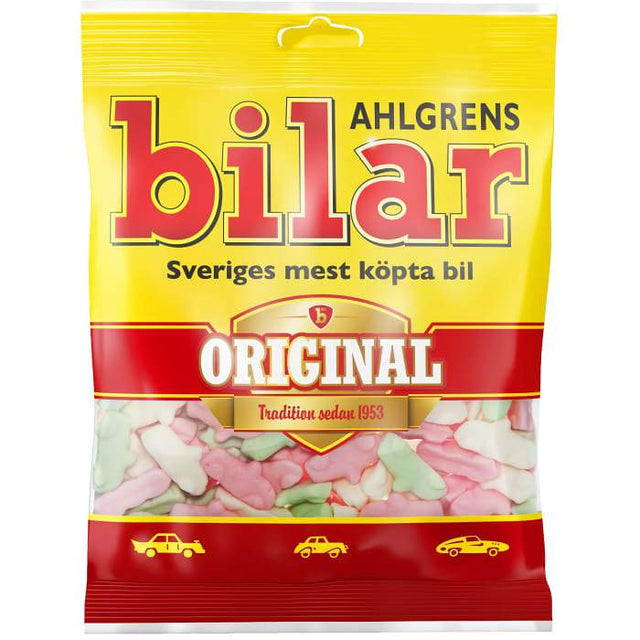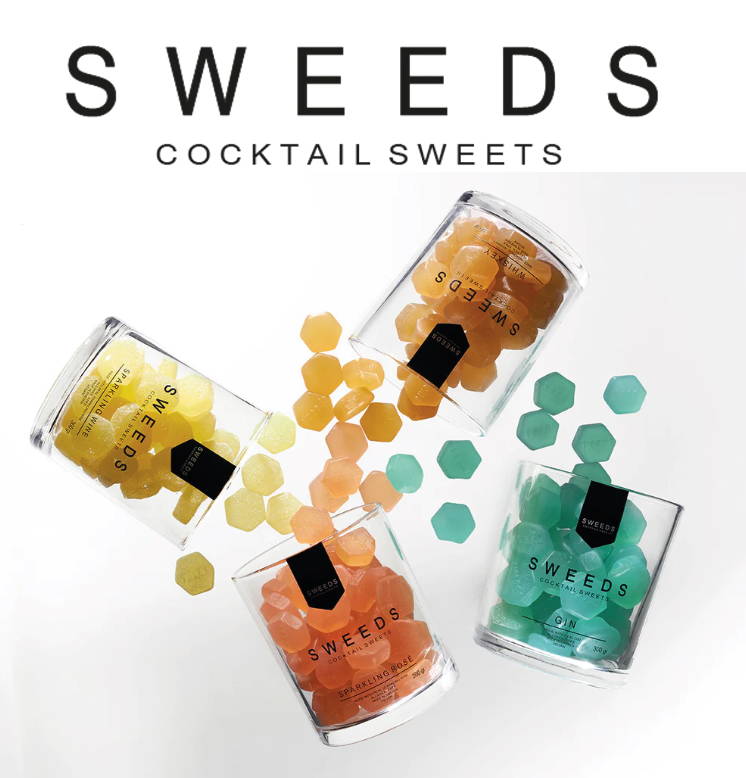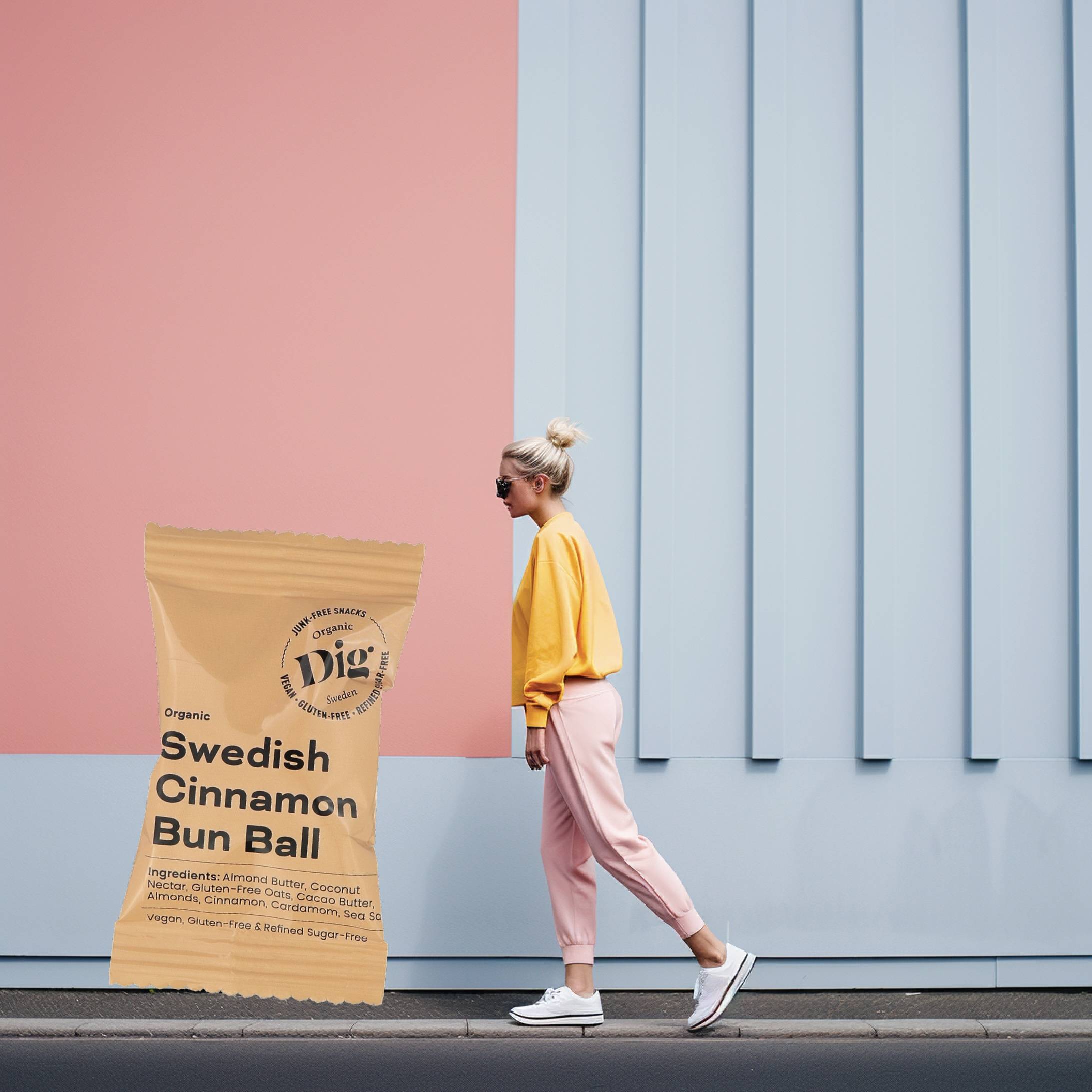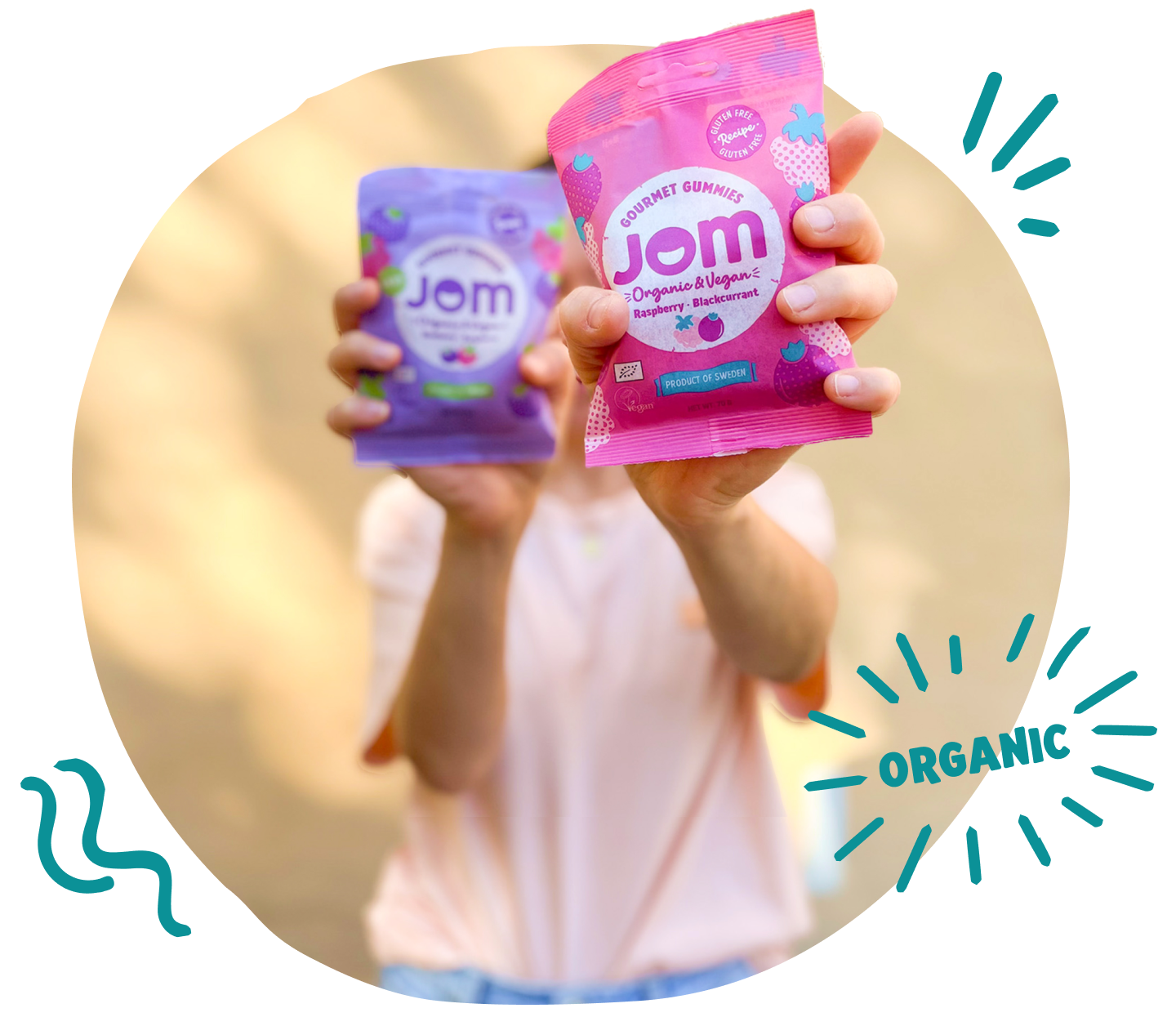Scandinavian inspiration every week in your inbox.
Why Swedes Are Obsessed with Swedish Candy
As it turns out, it’s not just the Swedes that love their candy either—it’s started trending on social media around the world and high end Swedish candy stores are thriving in New York and LA. Why?
Because Swedish candy is unique and uniquely delicious of course! It’s also super diverse with hundreds of flavors—ranging from hot and salty to sweet and sour (yes, really!). And it contains less nasties (flavorings, colorants and preservatives) than many overseas brands. Often, Swedish candy is also vegan, gluten free, and free from high fructose corn syrup. The gummy bear type of candy is fat free, too. And the new hip generation of Swedish candy? Well, it’s even healthy sometimes!
So without further ado, let’s dig into the amazing treats you find in Sweden and the traditions surrounding Swedish candy (if you just want to learn about different flavors, scroll down!).
Common Swedish Candy Concepts
Lördagsgodis—Saturday Candy
One of the reasons candy is likely so popular in Sweden is because it’s not eaten every day.
You see, in Sweden there’s lördagsgodis i.e. “Saturday candy.” Kids are, usually, only allowed candy on Saturdays and at special occasions. Sometimes Saturday translates to the whole weekend, though…
As someone raised this way, I see candy as a treat, not as part of your everyday life (my Dad stored the candy in a box that only came out on Saturdays and then my sister and I had to leave the room and he’d put together a “godispåse” for us…more about that later).
This tends to translate to things like crisps (which we like to dip in a sour cream sauce in Sweden) and popcorn—it’s something you eat as a treat on a Friday or Saturday night.
Think of it as the 80/20 rule—it’s a very healthy relationship with sweets and treats! Which is why we allow ourselves to indulge!
Lösgodis–Pick and Mix Candy the Swedish Way
Imagine that—hundreds of varieties of candy and you can pick and choose what you like the most! Every flavor from salty to sour and every shape is present—we have candy modeled after mushrooms, boats, rabbit poop (yes, indeedy!), monkeys, fish, cars, skulls, pineapples…the list goes on.
This is probably why the Swedes love this type of candy more than any other type of candy—you can choose exactly what you want from a huge selection. In fact, almost any candy in Sweden, ranging from chocolate bars to Easter eggs you normally buy in pre-packaged bags, can also be found in the pick and mix section. Sometimes in smaller versions, especially made for pick and mix, such as mini chocolate bars.
This isn’t just “unhealthy” candy either. There’s usually a section for what the Swedes call naturgodis i.e. “nature candy” which consists of things like dried fruits and chocolate covered nuts.
In recent years, lösgodis made without sugar have also been developed and some shops have a section dedicated to this.
Godispåse—Candy Bag
Godispåse is a “candy bag” or “sweets bag.” In short, a bag full of sweets!
In Sweden you often get a godispåse at parties as a kid, you bring one to the cinema (as an adult), and you pick one up if you’re going to have a “myskväll” (see below). The term godispåse is pretty much used interchangeably with godis as it’s so common to buy pick and mix candy which is all about filling up a bag with your favorite treats!
Myskväll—Cozy Night
Not understanding the concept of myskväll is like not understanding the concept of hygge, lagom, and fika—you’re missing out!
Myskväll, directly translated, means “cozy night.” It usually involves staying at home and watching a movie while eating a godispåse. And no, you don't eat the bag itself…
It’s kind of like Netflix and the couch, only it could involve fresh shrimp sandwiches on a Friday night, followed by a nice cheese platter, wine, and then candy. And possibly that movie. Or just sitting on your terrace looking out into the night or playing board games with your family.
It’s simply a cozy night at home, but more often than not, it involves a godispåse. In America they have their “pint of ice cream and a movie,” in Sweden we have our “godispåse and a movie.”
Gottegris—Goody Pig
This is basically a person who has a sweet tooth…and indulges it!
Swedish Candy—All the Different Kinds of Swedish Sweets
Black Is Bad but So Good, Baby—Lakrits a.k.a. Licorice
The Nordic countries are famous for their black gold, a.k.a licorice (lakrits). It’s as black as the winter nights in Scandinavia. A least it used to be. These days, there are all sort of flavors and colors.
The traditional black licorice is either salty, or sweet, or both (usually made with licorice, wheat, sugar, and molasses if it’s soft—if hard boiled, licorice and sugar). Newer brands, like Kolsvart make gluten-free varieties!
In addition to the traditional black licorice, there are all sorts of different flavors of licorice (which technically are not licorice as they don’t contain licorice) and flavor combinations (traditional licorice mixed with some other flavor).
Swedes are particularly obsessed with the combination of raspberries and licorice. You’ll find it in toffee, lollipops, ice cream, bonbons…you name it. And there’s a good reason for it: it’s darn delicious. If you haven't tried it, your taste buds are missing out. Seriously.
Lemon and licorice is another favorite.
Recently, licorice has made its way into chocolate and…don’t faint…peanut butter (even I, a confirmed licorice lover, can’t see the appeal in this, but there you are).
In short, the Swedes (and all other Scandinavians) tend to put licorice in just about anything and everything.
Licorice by the Meter
Seriously.
You can buy a meter of licorice. You’ll find it in kiosks and markets across the candy. As a kid, if dad stopped to buy a newspaper at a kiosk, there was a 50/50 chance of me getting a meter of licorice.
Choose traditional black licorice, raspberry, or cola licorice, or why not licorice that’s got stuffing in the middle? The stuffing could be sour, sweet, fruity, chocolatey…
You can also buy licorice in long thin “snören” (i.e. threads/ropes), but they come prepackaged. Most Swedish kids have spent hours tying knots with them.
Popular Swedish Licorice Candies
Djungelvrål consists of small pieces of sweet black licorice shaped like monkeys and covered in salt.
Kaninskitar are small little licorice bonbons, shaped like, well, rabbit poop.
Salt Sill are soft licorice candy that’s salty and sweet (there are other versions that are just sweet).
Turkisk Peppar are sweet licorice bonbons stuffed with hot pepper.
Just kidding.
Not.
It does have hot pepper inside. If you make friends in Sweden someone will, sooner or later, give you a Turkish Pepper just to see your reaction when you bite into the hot center… If they’re nice they’ll warn you, but chances are they won’t as this appears to be the one prank every Swede plays on foreigners.
Basically, it’s marshmallows but with a less fluffy and more chewy consistency. We have many other candies in this “marshmallow category,”(we tend to call it “skum” meaning “foam”) in all sorts of shapes—bananas, dolphins, and mushrooms being some of the most popular ones.
The sugar cubes come in pink and white, the white being the original and best. Very mild, sugary taste. Like marshmallows. Only better.
Cola Flaskor—Cola Bottles
Some cola candy has the consistency of gummy bears and tastes like, well, Coca-Cola.
Others are a bit softer inside (like the consistency of Haribo peaches, which are another Swedish favorite) and some are even covered in a sour powder or small sour crystals (like sugar, but sour).
Then there’s the “rolls” that are, well, rolls or reams of Coca-Cola flavored candy covered in sour stuff.
It might sound strange, but boy does it taste good!
Sour Candy
Swedish Fish
Famously, the original Malaco ones contain no fat, but plenty of sugar!
Polkagrisar—Polka Pigs
While peppermint is the original flavor, it’s available in all sorts of flavors today.
While the name might sound strange, gris (i.e. “pig”) was a name used to describe candy back in the 1800s when the polkagris was invented (possibly because you pig out on candy—see the term gottegris above). And polka is a German dance with a swirling pattern, which presumably describes how the candy is made—by twisting it together.
If you want a Swedish bonbon, this is the first you should try!
Chocolate
Some traditional Swedish chocolate bars worth mentioning are the below…
Marabou’s milk chocolate. It doesn’t get more Swedish than this. Now available in so many flavor combinations you’d get dizzy trying to remember them all (including, of course, licorice). Think of it like the Cadbury of Sweden only it tastes so much better. Seriously.
Daim. Originally made by Marabou, Daim is (according to Wikipedia and yes it’s so popular it has a Wikipedia page) a Swedish chocolate bar made from crunchy almond caramel covered in chocolate. I highly recommend you take a hammer, smash up some Daim and put it in whipped cream next time you want to serve chocolate cake with cream. The combo is divine.
Kexchoklad. This is wafer thin biscuits covered by chocolate. Like Kit-Kat only totally different and much better (so says the Swede).
Anthon Berg. This Danish chocolate brand makes divine dark chocolate and marzipan. Think Lindt with a difference. And their Easter eggs filled with marzipan and dark chocolate, covered with a coating of crispy sugar are…beyond the beyond. They sell marzipan on their own as well. See, we do love our neighbors. At least when they make chocolate for us.
Toblerone. Okay, so not Swedish. But that doesn’t prevent us from eating it. We eat Lindt too. As mentioned, anyone making good chocolate is welcome in Sweden.
Pastiller—Pastilles
My favorite growing up? Violet pastilles. And yes, we do sell them here on Swedishness! So there you have it—it’s not just me who likes them.
Karameller—Caramels or Bonbons
If you move to Sweden you’ll soon learn about Marianne. These mint bonbons with a center filled with chocolate are divine. While on the topic of mint and chocolate, we should also mention After Eight even though they aren’t caramels. Made in Britain, but loved by Swedes, too.
Center & Plopp—Chocolates Filled with Soft Caramel
Svenska Bilar—Swedish Cars
We’ve also got Ferraris. A bit cheaper than the original car…and consumed in the millions!
Vingummi—Wine Gums
Unless, of course, you want them to be. SWEEDS make wine gums using real wine and other spirits. You won’t get drunk on them, so they’re still a great alternative to alcohol!
Healthier Alternatives
DIG is a brand we love, but they sell treats that we’d qualify more as cakes than candy.
JOM is another brand we’ve fallen for that produces vegan, earth friendly, candy that also happens to be organic and uses only natural flavors. They make delicious little gummies.
Holiday Candy
Around Christmas, marshmallows shaped like Santas tend to appear.
For midsummer we simply eat strawberries with whipped cream!
The Sweet Sum Up
And remember: it’s only for Saturdays and myskvällar!

